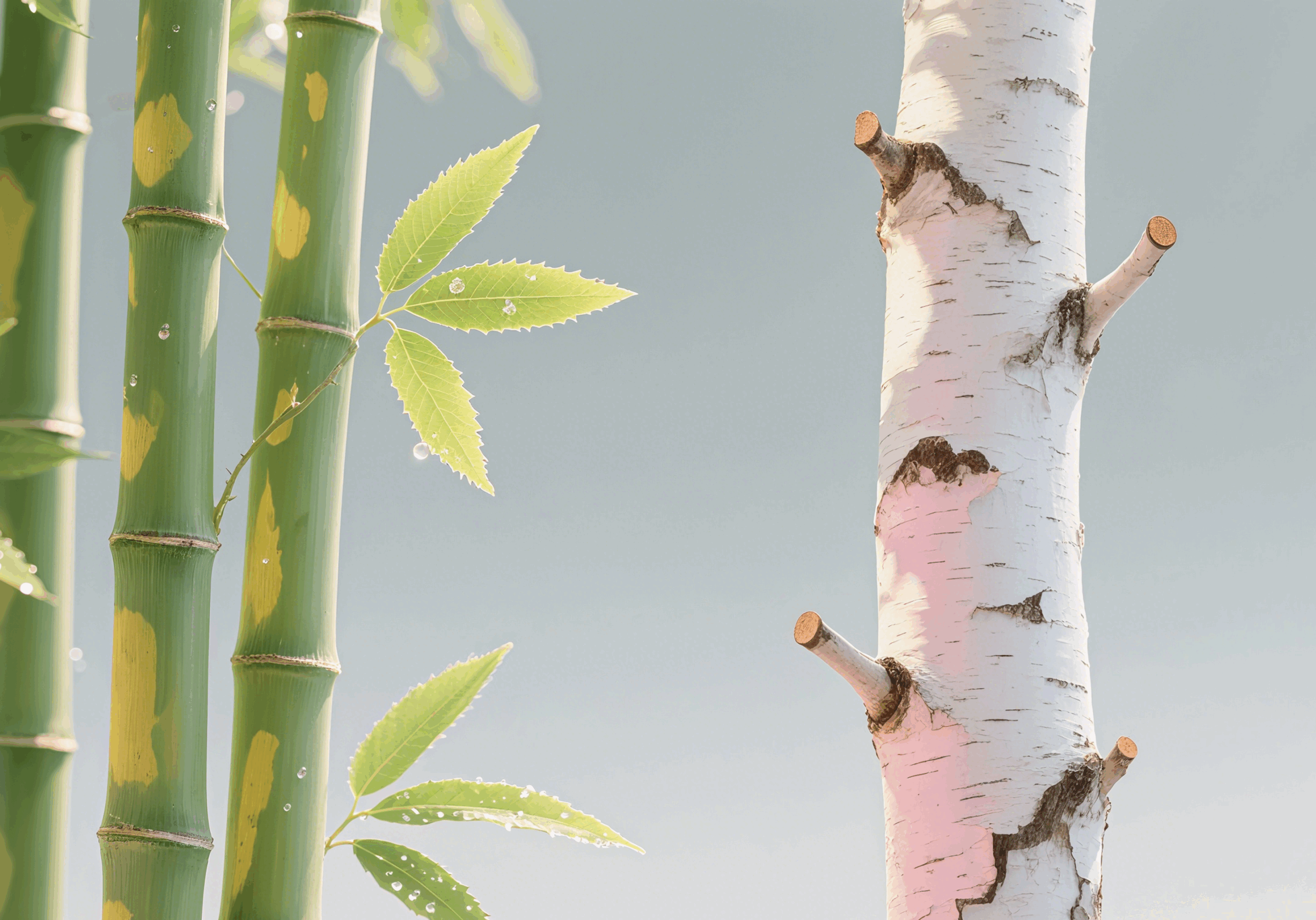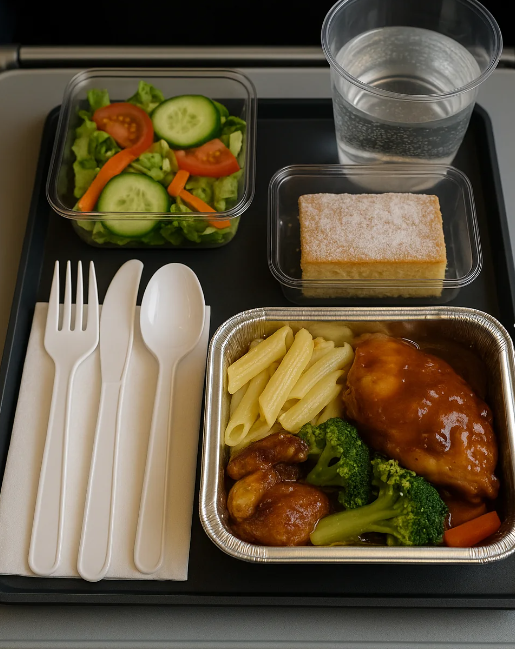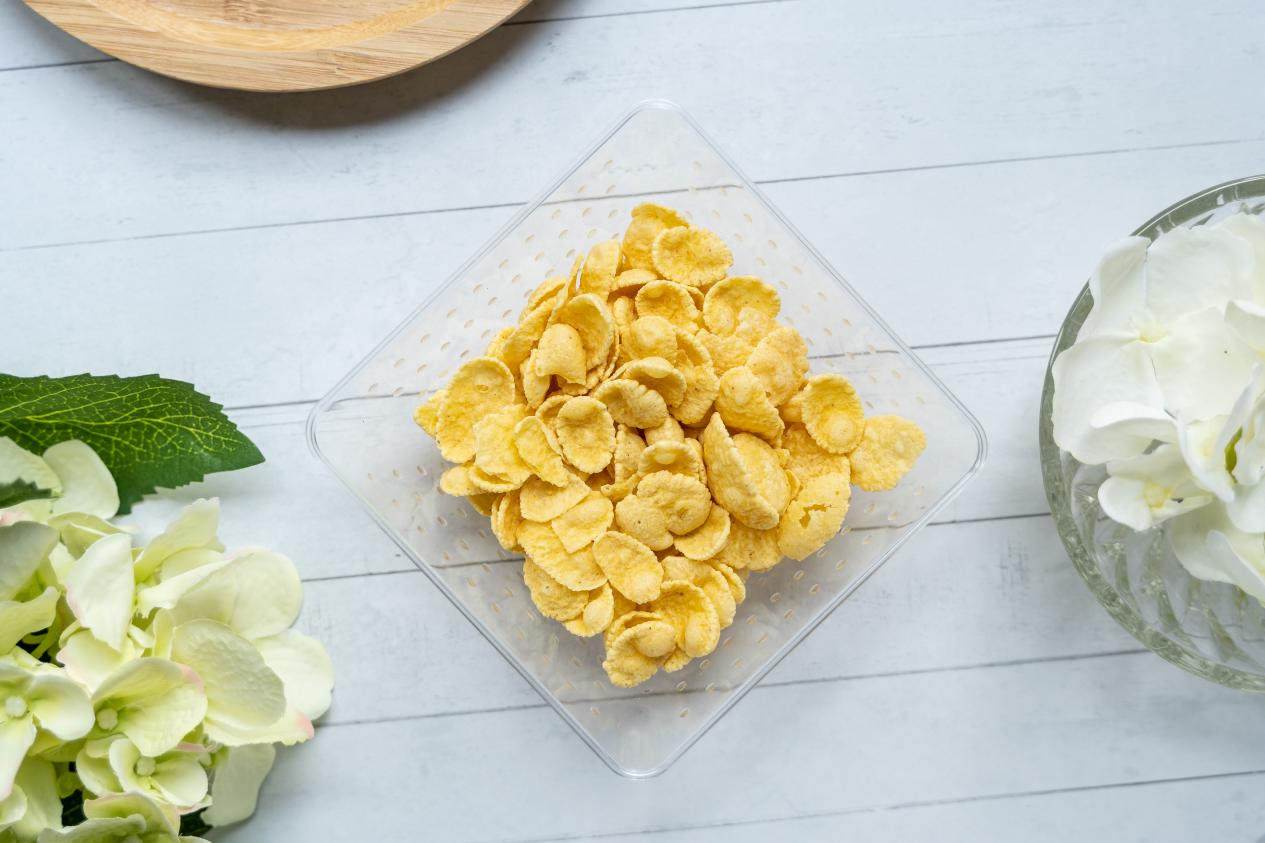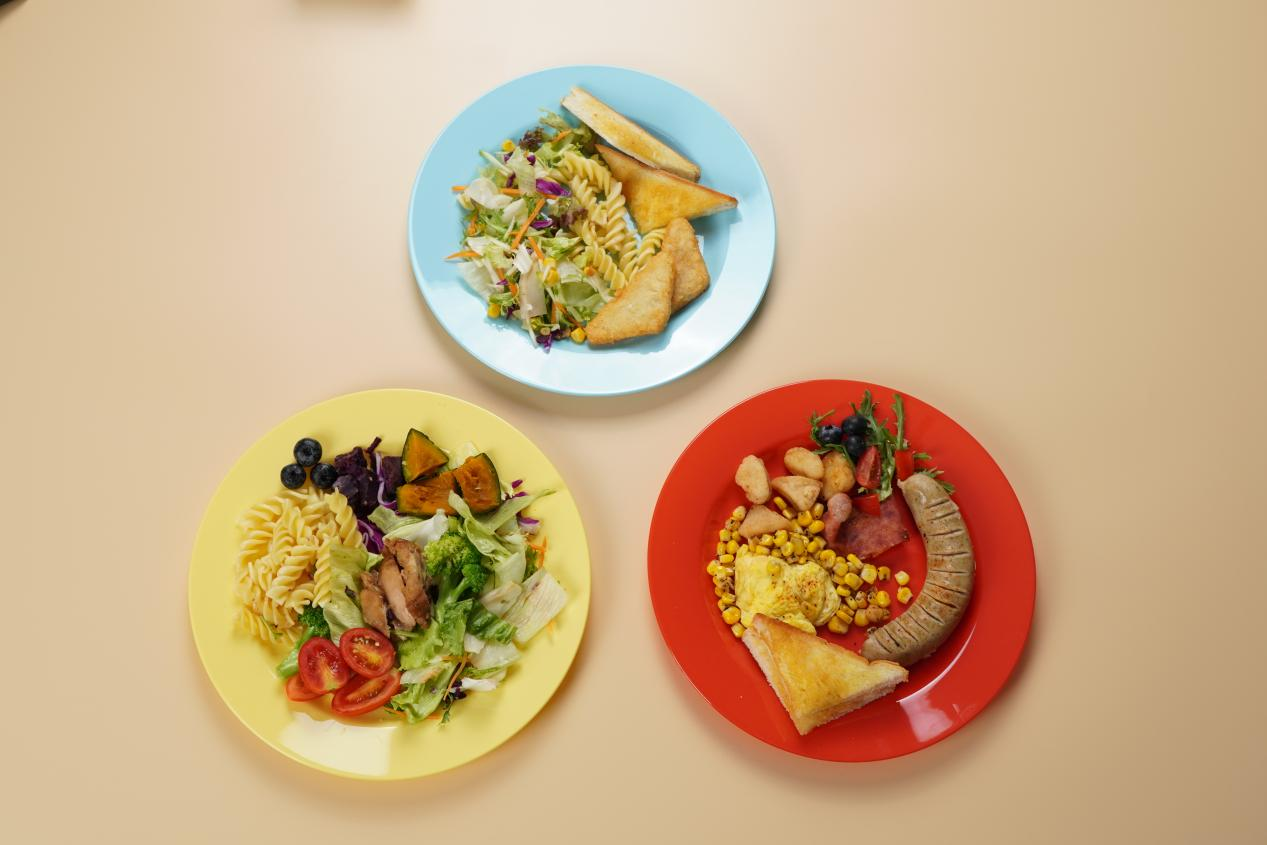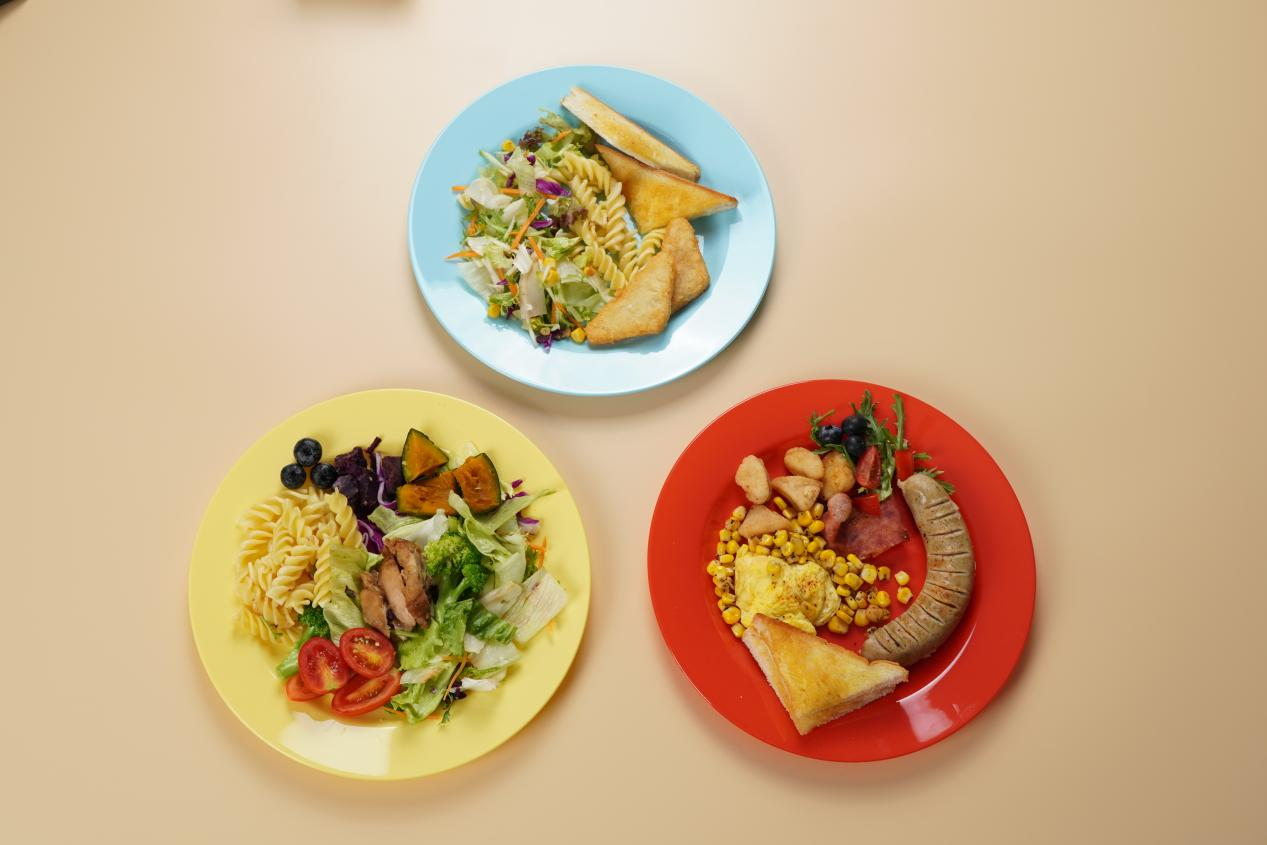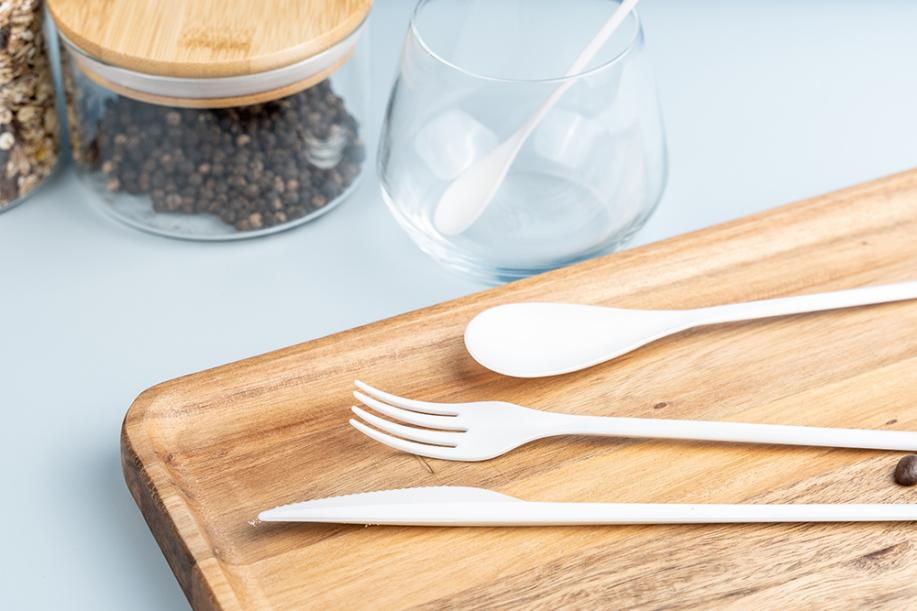Sustainable Tableware: Birch vs Bamboo
Eco-friendly alternatives for disposable tableware
In the global movement to reduce plastic waste, birch and bamboo have emerged as leading sustainable materials for disposable tableware. This comparison explores their differences, benefits, and applications.
1. Key Differences: Birch vs Bamboo
Birch Wood
- Deciduous tree species
- Solid wood material
- Fine, even grain pattern
- Light color appearance
- Naturally odorless
Bamboo
- Fast-growing grass species
- Hollow stem structure
- Dense fiber composition
- Natural antimicrobial properties
- Exceptional hardness
2. Growth Conditions & Origins
| Factor | Birch | Bamboo |
|---|---|---|
| Growing Regions | Northern Europe, Russia, North America | Southeast Asia, China, Tropical Regions |
| Climate Preference | Temperate to Boreal Forests | Tropical to Subtropical |
| Time to Maturity | 10-15 years | 3-5 years |
| Harvest Method | Selective Thinning | Stem Cutting |
| Sustainability | Sustainable Forestry Practices | Rapid Regrowth Without Replanting |
3. Birch Wood Characteristics
Material Properties
Birch is a light-colored wood with a fine, uniform texture that machines well for tableware production. It has excellent strength-to-weight ratio, making it both durable and lightweight for disposable products.
Advantages for Tableware
- Naturally neutral – doesn’t transfer flavors to food
- Smooth surface finish without splintering
- Good resistance to oils and fats
- Biodegrades completely in 3-6 months
- Accepts printing and branding well
Production Process
Birch tableware is typically manufactured using rotary cutting of sustainably harvested logs, followed by pressing and molding into various shapes. The production uses minimal energy and water compared to alternatives.
4. Bamboo Characteristics
Material Properties
Bamboo is not wood but a giant grass with exceptional tensile strength. Its fibrous structure creates a material harder than many hardwoods while remaining lightweight.
Advantages for Tableware
- Natural antimicrobial properties (bamboo kun)
- Extremely durable and break-resistant
- Naturally water-resistant surface
- Biodegrades completely in 4-8 months
- Minimal waste production during manufacturing
Production Process
Bamboo tableware is made by crushing mature stalks into fibers that are then mixed with natural binders and heat-pressed into shapes, or by cutting and molding sections of the bamboo stalk itself.
5. Advantages Over Other Materials
| Material | Biodegradability | Carbon Footprint | Food Safety | Durability |
|---|---|---|---|---|
| Birch | Excellent (3-6 months) | Low | High (no chemical treatment needed) | Good for disposable use |
| Bamboo | Excellent (4-8 months) | Very Low | High (natural antimicrobial) | Excellent |
| Plastic | Poor (100+ years) | High | Variable (chemical leaching risk) | Good |
| Paper/Pulp | Good (often plastic-coated) | Medium | Medium (often requires coatings) | Poor (soggy when wet) |
6. Choosing Between Birch and Bamboo
Choose Birch When:
- You need lightweight utensils for takeaway services
- Printing and branding are important for your business
- You’re serving hot or oily foods (excellent resistance)
- You prefer a neutral, natural wood appearance
- Cost-effectiveness is a primary consideration
Choose Bamboo When:
- You need extra durability and sturdiness
- Natural antimicrobial properties are important
- You’re creating premium or reusable disposable products
- You want distinctive aesthetic with natural fiber patterns
- Maximum sustainability is your priority
Environmental Considerations
Both materials represent significant improvements over plastic and conventional paper products. When sourced from responsibly managed forests and plantations, both birch and bamboo offer truly sustainable solutions for disposable tableware that balance functionality with environmental responsibility.

